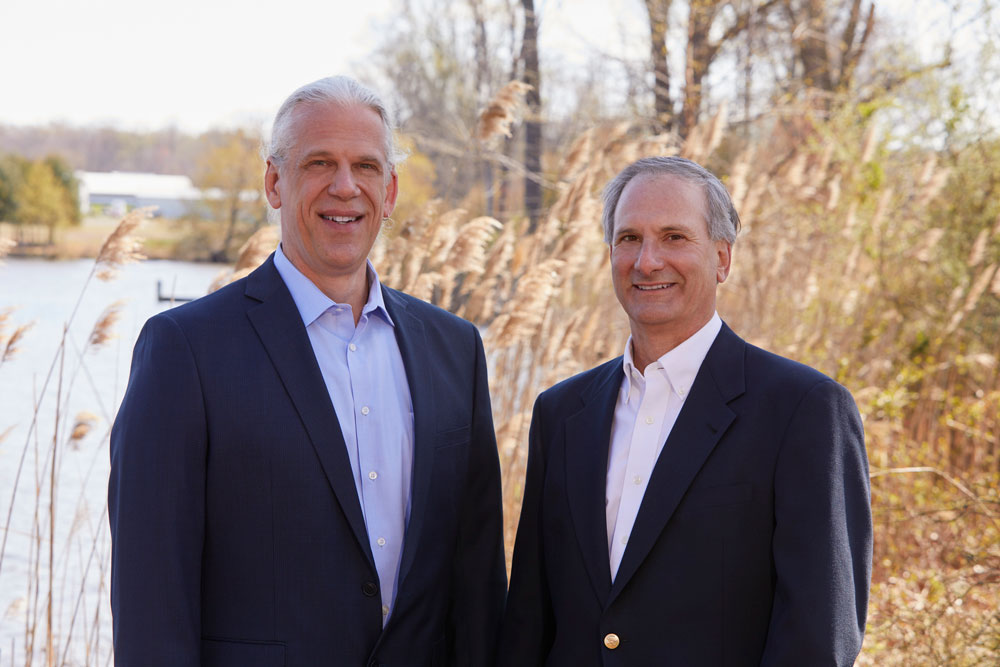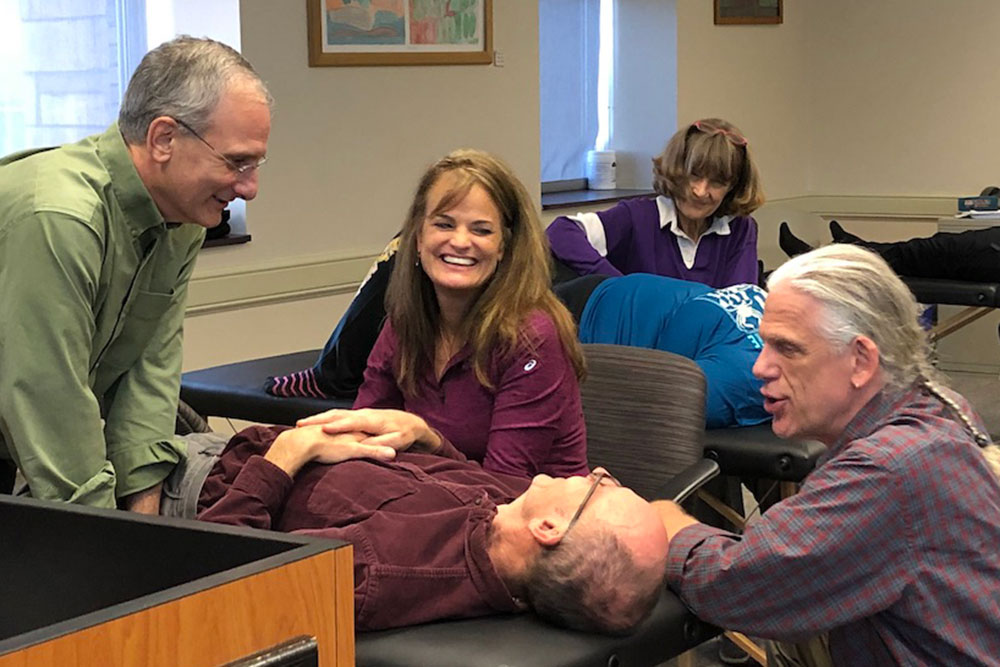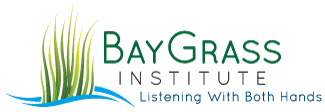Our Vision
The BayGrass Institute, founded by Robert Cohen, M.A., P.T. and Jon Laking, M.A., P.T. exists to provide licensed or certified healthcare providers with continuing education in the many areas of manual therapy through interactive and hands-on sessions.
Bob and Jon both learned to evaluate the entire person to identify all factors contributing to the person’s complaint. This process allows providers to look for dysfunctions that are straight forward, as well as those that may seem removed from the primary complaint of the patient, but in fact drive the problem.
These global thought processes and skills are rarely taught in modern medical education. Modern medicine is often symptom-based, and when a patient’s symptoms are driven by a distant dysfunction, treatment may not provide resolution. We feel that this approach is effective for all types of patients, especially those people that are not getting good relief from their current treatment. These traditional manual therapy techniques have been successfully used for generations. The treatment rationale is supported by the basic sciences and current research.
We feel strongly in the value of this approach and are working to foster its use by an increasing number of successful practitioners.


Why We Relate to Baygrass
As life-long residents of the Mid-Atlantic region, we have spent many hours on the water enjoying the riches of the Chesapeake Bay. During these times, we have always admired the bay grasses and the ease with which they move as they adapt to the forces placed upon them by the wind and the water while performing their key role in maintaining a healthy ecosystem. They are a perfect metaphor for how we want the body to behave physiologically. Through the use of a myriad of manual therapy techniques, we strive to remove the somatic dysfunctions that create aberrant physiology in the body’s cellular or systemic environments.
In order to thrive, bay grasses must be able to adapt to ever-changing environments and conditions. These include wind and water currents, tides, fauna, and the seasons of the year. The body’s cells need that same ability to constantly adapt in order to properly function, both locally and systemically, with all of their interrelated structures. Different influences on the body include oxygenation of the tissues; the microbiome of the gut, lungs, and skin; circulatory and lymphatic fluid flows; hormonal influence; circadian rhythms; and the various stages of life.
We look at how all of these factors play a role in maintaining proper health. Disruption in the cellular microenvironment of these systems can lead to dysfunction, and perhaps disease. Our classes are designed with the intention of teaching you how to assess and successfully treat all types of somatic dysfunctions, whether musculoskeletal or autonomic-visceral in nature.
By minimizing the dysfunctions in the body – mechanical, visceral, and autonomic – we enable all of the physiological systems to integrate appropriately. This allows our bodies to move free of restriction, provide the oxygen and energy we need to sustain motion, remove waste products that are created, repair any cellular damage so we can continue to prosper and fight off disease, and maintain immune function to battle internal and external threats to our existence and prevent us from living the kind of life we would like to enjoy.
Why We Relate to Baygrass
As life-long residents of the Mid-Atlantic region, we have spent many hours on the water enjoying the riches of the Chesapeake Bay. During these times, we have always admired the bay grasses and the ease with which they move as they adapt to the forces placed upon them by the wind and the water while performing their key role in maintaining a healthy ecosystem. They are a perfect metaphor for how we want the body to behave physiologically. Through the use of a myriad of manual therapy techniques, we strive to remove the somatic dysfunctions that create aberrant physiology in the body’s cellular or systemic environments.
In order to thrive, bay grasses must be able to adapt to ever-changing environments and conditions. These include wind and water currents, tides, fauna, and the seasons of the year. The body’s cells need that same ability to constantly adapt in order to properly function, both locally and systemically, with all of their interrelated structures. Different influences on the body include oxygenation of the tissues; the microbiome of the gut, lungs, and skin; circulatory and lymphatic fluid flows; hormonal influence; circadian rhythms; and the various stages of life.
We look at how all of these factors play a role in maintaining proper health. Disruption in the cellular microenvironment of these systems can lead to dysfunction, and perhaps disease. Our classes are designed with the intention of teaching you how to assess and successfully treat all types of somatic dysfunctions, whether musculoskeletal or autonomic-visceral in nature.
By minimizing the dysfunctions in the body – mechanical, visceral, and autonomic – we enable all of the physiological systems to integrate appropriately. This allows our bodies to move free of restriction, provide the oxygen and energy we need to sustain motion, remove waste products that are created, repair any cellular damage so we can continue to prosper and fight off disease, and maintain immune function to battle internal and external threats to our existence and prevent us from living the kind of life we would like to enjoy.



